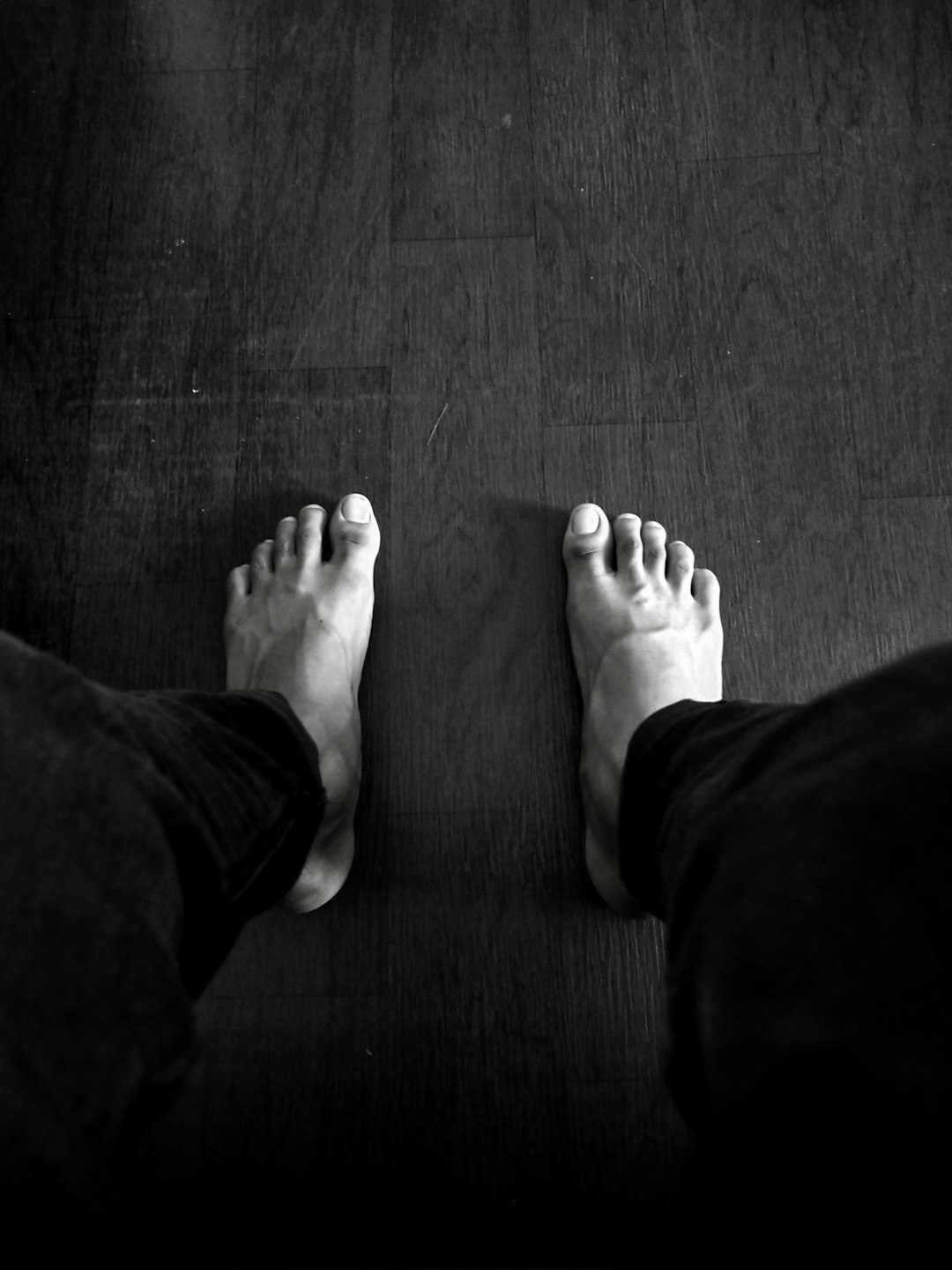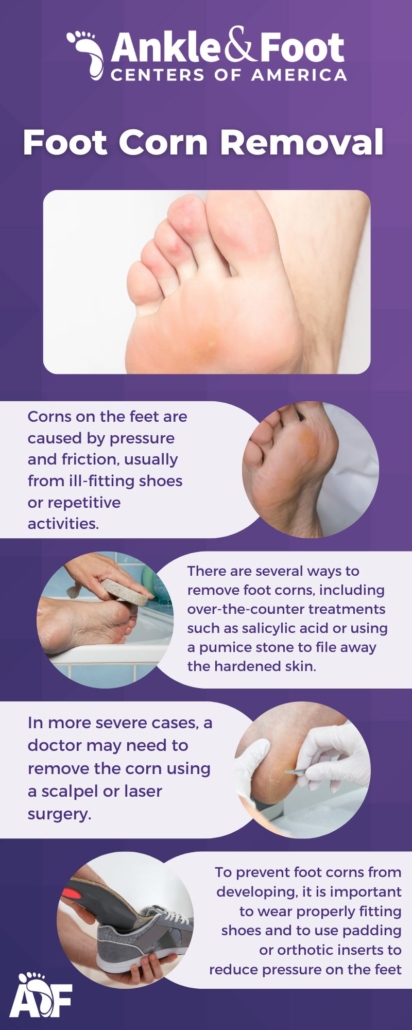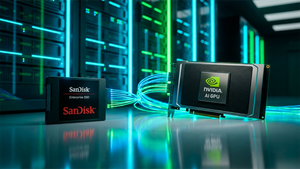 Photo from Unsplash
Photo from Unsplash
Foot Corn Removal – Bottom of Foot Callus Removal
A callus is an area of thickened skin that forms in response to friction or pressure. Calluses can occur on the feet, hands, and anywhere else on the body where there is repeated rubbing. Most often, calluses form on the soles of the feet and can cause pain when walking. If left untreated, calluses can become painful and difficult to treat. Bottom of foot calluses are another type of callus that occurs due to repetitive motions such as running or walking. The Bottom of Foot Callus Removal can also be painful and should be treated by a podiatrist.
Explanation of foot calluses, foot corns, and bottom of the foot calluses
Foot calluses and corns are areas of thickened skin, usually caused by increased friction on the feet. Foot calluses form on high-impact locations on the foot like the balls of your feet – these can be round or elongated. On the other hand, foot corns form in localized areas as a result of mostly pressure on small specific regions of your foot. Bottom of the foot calluses occur due to frequent contact with surfaces, like tough terrain or hard floors. At any rate, all three issues can be treated and removed with non-invasive treatments.
Why they form
Calluses, corns, and calluses on the bottom of your feet are a common problem that many people experience. They form due to excess pressure or friction from activities such as exercise, repetitive motions, and even just wearing shoes that are too tight or don’t fit properly. This can cause the skin to thicken and become hard in order to protect itself from further damage over time. Although bottom of foot calluses and corns can be unsightly and sometimes painful, they serve the important purpose of protecting our feet against these repetitive motions we put them through each day.
Importance of proper foot care
Proper foot care is essential to ensure your feet are healthy and strong, which is why I always advise my patients to be mindful of their feet. Foot callus, corn and bottom of the foot callus can develop over time due to pressure or friction on the skin’s surface. This can cause discomfort and even pain if not taken care of in a timely manner. That’s why it’s important to take action when you start noticing calluses or corns on your feet, so you don’t risk further damage. By removing these areas properly, we can prevent any further discomfort or pain so that your feet will remain strong and healthy.
Understanding Foot Calluses
A callus is a thickened section of skin common on our feet that can sometimes become painful. They often form around areas in which we often put pressure and can cause discomfort. As podiatrists, we are here to help you reduce the chance of developing a callus, as well as to provide solutions if one has already formed. It is important to remember that some foot calluses are harmless and can be left alone unless they become cosmetically or physically bothersome. In such cases, certain treatments are available that safely remove the hardened skin while avoiding further problems associated with home remedies such as surgery or cornstarch.
Definition and Characteristics
Calluses and corns are thick, hardened areas of skin that can be uncomfortable and cause pain. Calluses and corns often form on the bottom of the foot, the sides of the toes, and the heel. Foot callus removal and corn removal is a type of podiatry care that can help to reduce discomfort in your feet. Removing these areas of build-up, called lesions, can provide relief from pressure and make walking more pleasant. With proper care and regular preventative maintenance, you can help ensure your feet remain healthy and happy!
Symptoms and Effects
When it comes to dealing with calluses, the most important thing to note is that if you experience any pain or discomfort associated with them, you should seek medical attention immediately. It’s important to understand that if left untreated, calluses can grow thicker and may start to become painful in certain cases. Corns are small patches of skin buildup caused by excess pressure. They often form on the tops and sides of your toes and can lead to discomfort and difficulty walking. The need for bottom of foot callus removal can sometimes indicate underlying conditions such as diabetes or poor circulation. Due to this, it’s paramount that you consult a professional podiatrist when looking into removing these calluses.
Risk Factors
Many factors can increase your risk of developing calluses and corns, including having a family history of them. Ongoing pressure, rubbing, ill-fitting footwear, bony prominences, and deformities can further increase the chances of these lesions forming. It is important to take steps to reduce your risk factors, such as wearing properly fitted shoes and socks, or padding areas that may be rubbing against something else. With proper precautions and care, you can significantly decrease the risks of calluses and corns forming on your feet.
Prevention
One of the best ways to prevent foot calluses, corns and bottom of the foot calluses is to keep your feet clean and dry at all times. Wear shoes that fit properly and utilize inserts or open-backed shoes whenever possible. In addition, you should inspect your feet regularly for any developing crusts or bulges which may be an early sign of foot callus formation. If you find any areas of skin thickening or irritation, please contact my office so that I can perform an evaluation in order to prevent further development and discomfort.
Foot Callus Removal Techniques
Foot Callus Removal is a relatively simple, effective, in-office procedure that can help to improve the look and feel of your feet. It involves removing thickened layers of skin without removing any healthy tissue. During this procedure, your podiatrist may utilize one of several different methods including filing, scraping, or using medicated pads. Every patient’s needs are unique and so it’s important to discuss these procedures with your local foot doctor and figure out the best treatment plan for you. Rest assured that this common procedure is done quickly and efficiently with minimal discomfort and no recovery time!
Medical Treatment
It is important to consider all possible treatments for foot calluses and corns before proceeding. Although many people rely on home remedies like soaking or filing the callus or corn to reduce their size and improve comfort, this may not always be the most effective route long-term. In some cases, you may want to consider seeing a doctor for medical treatments that can help treat the underlying issues causing these bumps and lumps on your feet. Our office specializes in podiatry – the diagnosis and treatment of medical disorders of the feet – so you can trust that we have your best interests at heart when it comes to taking care of your feet.
Chemical Peels
Chemical peels as an effective way to reduce the appearance of calluses and corns on the feet. Peel treatments use safe proprietary chemicals combined with exfoliation to target hard, scaly patches of skin on the bottom of your feet, making them smoother and softer to the touch. Of course, it is important to take a few simple precautions after each treatment such as wearing comfortable, open-toed shoes that won’t put excess pressure where there could still be some sensitivity. In addition, regular moisturizers are recommended to keep calluses from reforming over time. Chemical peels can be a very quick and easy way for you to enjoy fresher, smoother feet!
Laser Treatment
Laser treatments can be a great, non-surgical option when considering how to address common foot issues like calluses and corns. This advanced technology offers reliable and durable outcomes and can be performed in the office with just a few short visits. Laser treatments penetrate deep into the tissue of the affected areas and cause blood to coagulate in the dermis, which shrinks any larger areas like calluses or corns. There is very little risk for infection or any other complications with laser treatment, so it’s an ideal choice for many patients who want effective results without surgery.
Prescription Medications
Prescription medications may be necessary in some cases during a callus, corn, or bottom of the foot removal procedure. If a topical medication cannot get rid of the callus effectively, I may suggest a prescription oral medication based on the severity of the issue. For example, an oral antifungal medication may be recommended if there is evidence of an underlying fungal infection. It’s important to take any prescribed medications as instructed in order to achieve an optimal result and prevent further complications from arising.

Understanding Foot Corns
When it comes to understanding and removing foot corns, there are some key principles to keep in mind. Firstly, a corn is a circle of hard skin that forms on the bottom of your feet due to pressure or friction when you wear shoes or stand for long periods of time. Secondly, over time, corns can become painful and uncomfortable; therefore, proper treatment and removal is essential. Lastly, you should never attempt to treat corn removal at home as there are various techniques used for successful removal without causing damage with the help of a local podiatrist near you.
Causes of Foot Corns
There are generally three types of foot corns – hard corns, soft corns and seed corns. Hard corns are most commonly found on the tops, sides or tips of a toe while soft corns can form between the toes due to moisture and friction. Finally, seed or heloma molle is a type of corn usually caused by ill-fitting footwear that rubs against the bottom of the foot and generates pressure on sensitive skin. All three types can be very painful and therefore proper removal of these corns is critical for overall foot health.
Symptoms of Foot Corns and Their Effects
It’s important for us to understand the symptoms and effects of foot corns that may bother your feet. Common symptoms of such conditions include pain, tenderness, blistering, itching, or swelling that can be irritating and uncomfortable. The most common effects are pressure on surrounding nerves in the foot as well as impaired mobility due to friction against the inside of shoes. This can lead to further medical issues including ulcerations from prolonged irritation. To keep your feet healthy and avoid further complications down the line, it is important to stay vigilant about any changes in foot health.
Risk Factors of Foot Corn Removal
When considering foot corn removal, it’s important to remember some key risk factors before making a decision. Poorly managed diabetes is a major risk factor; individuals with this condition should closely monitor their feet on a daily basis for these types of issues. Excessive pressure or friction in certain areas of the foot can also cause an increase in callus growth. If you are an athlete or regularly engaged in high-impact activities, be sure to discuss this with your podiatrist before moving forward with any treatment to keep your feet healthy and protected from further damage.
Debridement
As a podiatrist, debridement is of utmost importance when it comes to removing calluses, corns, and calluses on the bottom of your feet. Debridement involves removal of the dead surface skin while preserving healthy and living tissue underneath. This step helps reduce pain, prevent infection, and promote healing; it is also the first step before many procedures like callus shape correction or relief from deep foot pressure. Debridement is safe and effective. I recommend that my patients review their debridement options carefully with me during their appointment.
Foot Corn Prevention
Prevention is the best thing you can do to take care of your feet. Luckily, there are simple measures that you can take to help avoid developing calluses and corns. Firstly, it is important that you wear shoes that fit properly and cushion your feet adequately. When shopping for shoes, try them with socks on as well as walk around to get a feel for the fit. Secondly, make sure that you are taking regular breaks during any activity in which your feet are exposed to prolonged pressure or friction. Finally, use medicated pads on areas prone getting corn or callus buildup and ensure adequate moisturizing to help keep the skin hydrated and comfortable. Hopefully these tips will help keep your feet healthy and comfortable!





